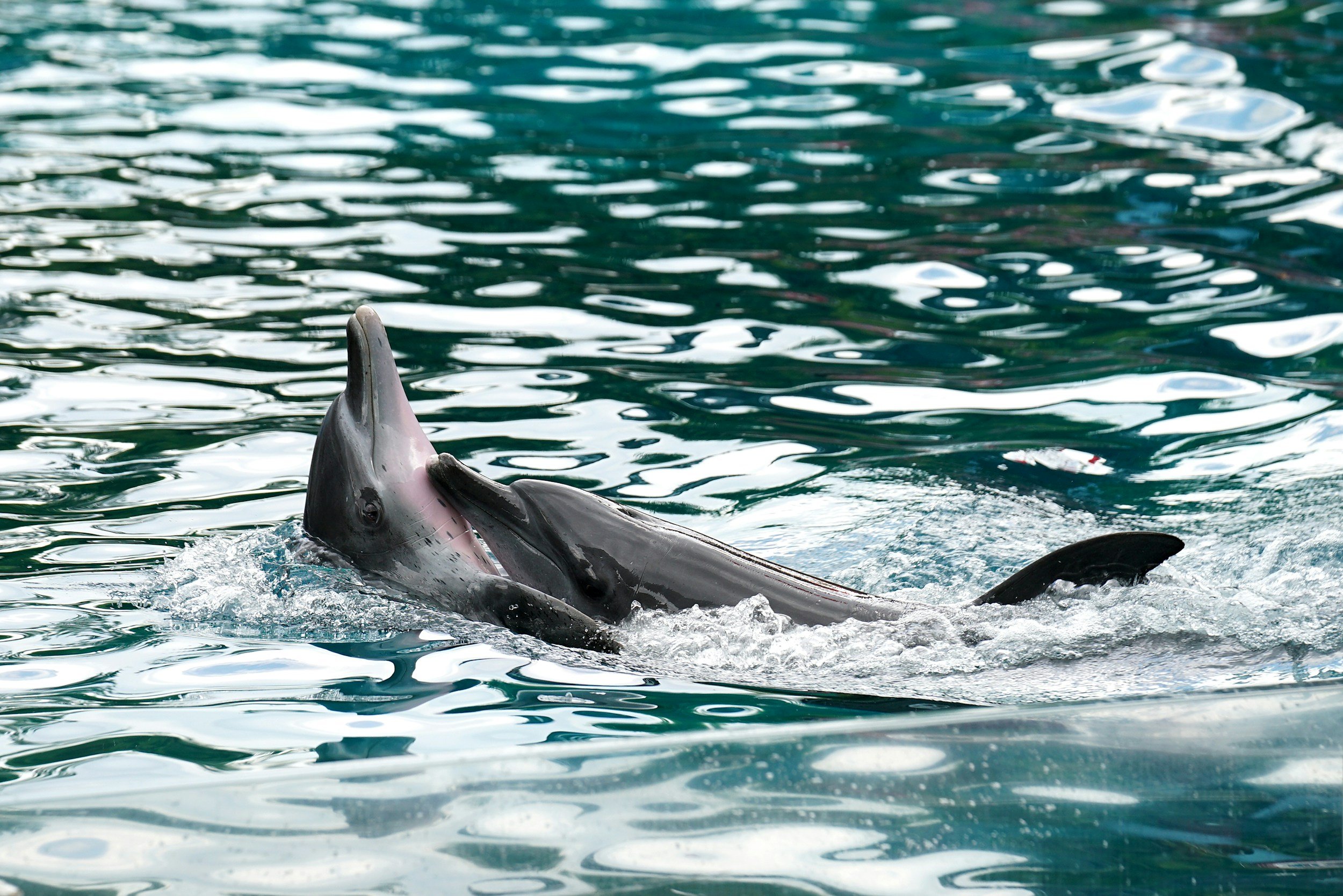
Bottlenose Dolphin
The Bottlenose Dolphin in Florida: Conservation, Behavior, and Future Outlook
The bottlenose dolphin is one of the most well-known and charismatic marine mammals, commonly observed in Florida's coastal waters. Recognized for their intelligence, playful behavior, and strong social bonds, these dolphins are a cornerstone of Florida's marine ecosystem and a popular symbol of its wildlife. While they are not currently endangered, bottlenose dolphins face numerous threats that require ongoing conservation efforts.
Conservation Success and Challenges
They fall under the category of 1972 MMPA, an action harassment of marine mammals in hunting, or capturing. The state had further set some regulations aiming to protect dolphins and their respective living environments in Florida, as a means of coexisting with high levels of activity by people. The activities of organizations and researchers help establish this species more appropriately for stronger protection measures.
Despite their adaptability, bottlenose dolphins are vulnerable to habitat degradation, pollution, and human interactions. One of the most serious threats among these is water pollution from agricultural runoff, industrial waste, and harmful algal blooms. These contaminants can lead to diseases and bioaccumulation of toxins in dolphins, affecting their health and reproduction.
Boating strikes and entanglement in fishing gear are also major threats. In Florida waters, dolphins commonly experience high levels of vessel traffic, especially in areas such as Sarasota Bay and the Indian River Lagoon. Feeding wild dolphins-although illegal-promotes dangerous behavior, including approaching vessels or becoming dependent on humans for food.
Behavior and Ecology
The bottlenose dolphin is a very social animal, often in groups, ranging in size from a few individuals to more than 20. They have a very intricate communication system involving clicks, whistles, and body movements, demonstrating their intelligence and social complexity. Dolphins also have impressive problem-solving abilities and are known to use tools, such as sponges, while foraging on the ocean floor to protect their snouts.
Their food includes fish, squid, and crustaceans. Dolphins are opportunistic feeders that have cooperative hunting behaviors, including herding fish into tight groups. In Florida's shallow estuaries and bays, dolphins commonly hunt using a technique called strand feeding, in which they drive fish onto shorelines and briefly strand themselves to capture prey.
Dolphins in Florida's waters are generally non-migratory, remaining in localized areas year-round. This makes them particularly dependent on the health of their immediate environment, as changes in water quality or prey availability can have direct impacts on their well-being.
Future of the Species
Success in mitigating pollution, habitat degradation, and human-related interactions presents a great challenge in the future of bottlenose dolphins in Florida. Good water quality will have to be ensured to provide for healthy populations of dolphin food. Activities that minimize runoff, cut down on nutrient loading, and decrease harmful algal blooms will assist not just dolphins but the overall marine ecosystem.
Public education plays an important role in their conservation. Campaigns against feeding and touching wild dolphins reduce risky behaviors that put them in a position of harm. More rigorous boating regulations and no-wake zones in known dolphin habitats will also reduce the number of injuries by boat strikes. Research and monitoring programs are essential in tracking the health and population trends of dolphins. These studies can be made more engaging to the public by citizen science, such as dolphin-watching programs.
In the end, bottlenose dolphins are a robust yet vulnerable species in Florida waters. With proactive conservation measures and continued public support, these intelligent and charismatic marine mammals can continue to thrive as an integral part of Florida's coastal ecosystems and cultural identity.

